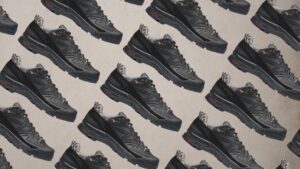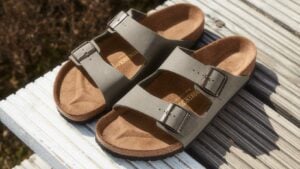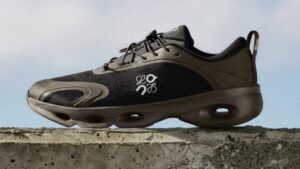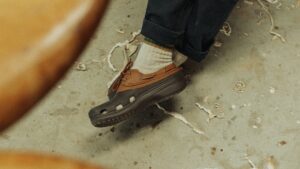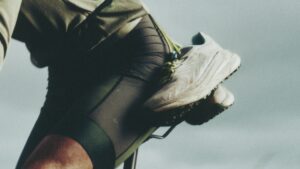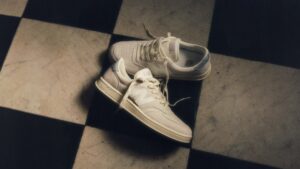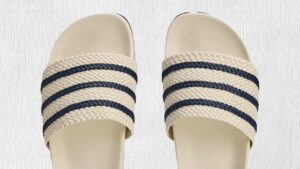In my (admittedly limited) experience in a suit & tie work environment, there is one enduring trend that I have noticed. Amongst the poorly fitting suits and the ugly, improperly tied ties – there is one thing that is so easy to get right but so few do… the dress shoes.
Now I want to preface this entire diatribe by saying that it is possible to buy cheaper shoes that look good, and it isn’t entirely about how much you spend. In fact, as I write this article, I am wearing a beautiful pair of brown patina Bally monk straps that I bought for nearly $600 below retail price – a steal.
I feel, as with anything you wear, that shoes say a lot about who you are and where you’re going. And in that spirit – here is what your dress shoes are telling the world.
The School Special
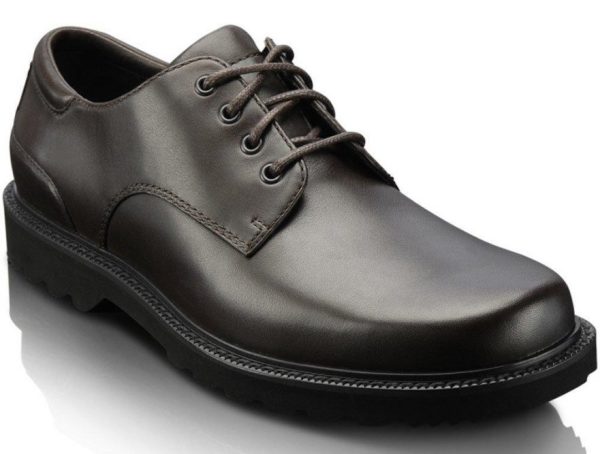
Now I am by no means a judgemental person (lie), but there is literally no way around it. If you wear these shoes and you’re not in primary school, you absolutely need to stop it. Throw them out. Burn them. These shoes scream low-level paper pusher without a clue. It doesn’t matter what job you have or how much you get paid, if you walk into your office wearing a pair of these you are invisible, and not in a good way. No executive long lunch has ever been attended in a pair of these shoes, these shoes are more of a can of tuna brought from home.
The Function Over Form
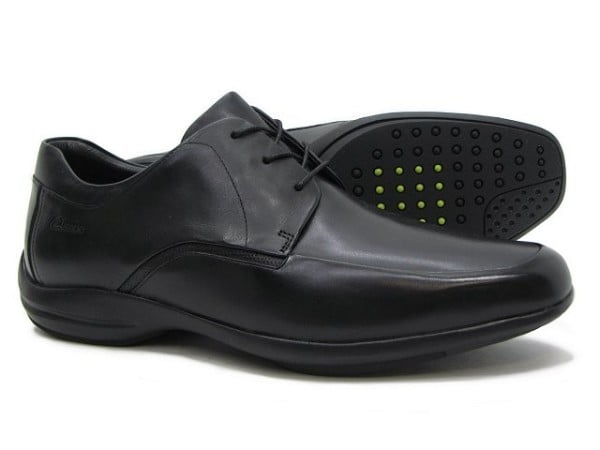
Now I have worn cheap dress shoes both comfortable and uncomfortable, but if you think that your runner-pretending-to-be-an-oxford is more comfortable than a pair of Church’s or equivalent – you’re dead wrong. It’s an identity crisis with laces, and it reflects poorly on the wearer in a business formal environment. Do the maths – 2 pairs of comfortable-ish ‘oxfrauds’ per year at $180 a pair, or 1 pair of Church’s ever at $600.
The Jesters
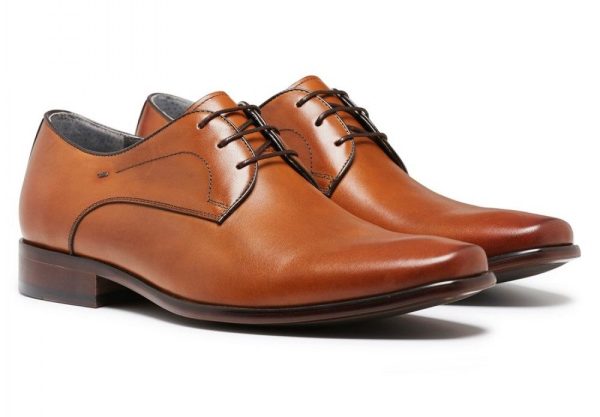
Often tan coloured and paired with ‘funky’ socks and a royal blue suit, the Jesters all share one common trait – a turned-up toe which forms a point sharp enough to take someone’s eye out. You’ll notice severe creasing behind the toe from years of wear with no shoe trees (because shoe trees won’t fit into a typical Jester) – not that anyone who wears Jesters know what a shoe tree is. No shoe says ‘menswear debutant’ like the Jester, which is ironic given the prevalence of this type of shoe on the feeds of countless menswear bloggers.
These three pairs represent the bulk of mistakes made. I could go on about the turgid middle ground that is Florsheim, Windsor Smith, and Julius Marlow but no one wants that.
Let’s discuss the better options.
The Subtle Stand-Out
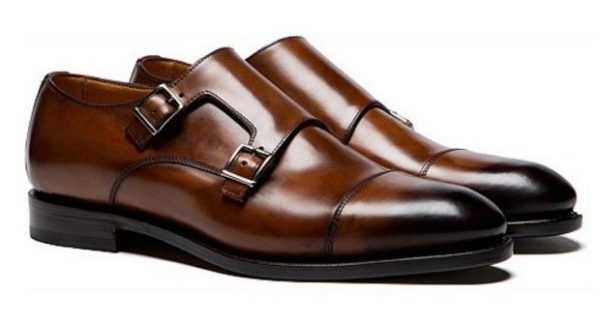
It is a universally acknowledged truth that a nice smile and a pair of beautiful brown double monks will get you anywhere in life. Well, at least that’s what I think. Monk straps are the way to go at the moment, a quiet yet calculated choice for someone who knows (or wants to look like they know) what they’re doing. You can spend $200 to $1500 depending on the brand, just avoid light tan in the cheaper brands and steer clear of overly squared toes.
The Perfect
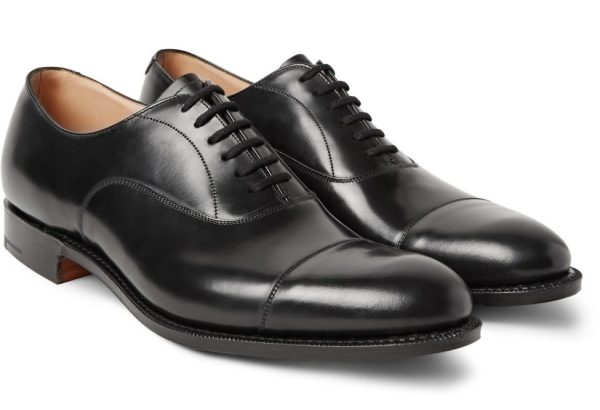
Look at these. Look. There isn’t a situation in which they don’t look incredible. Clean, simple, and subtle. This is a lifetime shoe if you buy the right ones – and you will buy the right ones. The Cap Toe Oxford is the cornerstone of all that is good in this world or at least a men’s dress shoe collection. Brands that do this shoe particularly well are Church’s, Carmina, and Edward Green.
Some additional housekeeping; try to buy shoes with quality construction like a Goodyear welt. This is a method of construction that makes them easy to resole but extremely durable. Lastly, buy dress shoes with lasts (toe shape) that are nicely shaped and defined; a squared last is usually an indicator of a cheaper shoe.
RELATED: R.M. Williams Boots Are The Most Versatile Shoes A Man Can Own







